
When bars, pubs and restaurants were forced to close during lockdown last year, many BWS brands had to pivot fast – completely changing their business strategy overnight.
The focus turned almost entirely to the off-trade sector. There was a sudden reliance on the big UK grocers and convenience shops for the vast majority of sales. New ways to get products to people’s homes were also introduced to plug the on-trade gap – such as DTC platforms, monthly subscription services and an over-investment in media to drive sales specifically in the off-trade sector.
Whilst many BWS brands saw significant growth in their off-trade sales – estimates suggest some surged as much as 150% – it wasn’t enough to offset the loss in on-trade. Beer and wine sales were down 5% and 10% respectively last year.
Thankfully, the era of semi-regular lockdowns appears to be in the past in the UK. BWS brands have bounced back with the reopening of the on-trade sector and – in most instances – brands in the sector have now diversified their businesses, with sales coming from a healthier spread of avenues (grocery stores, DTC platforms, subscription services, bars, etc.).
With that healthy diversification, BWS brands now need to ensure their marketing efforts align more closely with how their customers newly behave and purchase – customers who now flit more regularly between on and off-trade platforms, and indeed media channels.
Enter commerce marketing. In short, commerce marketing focuses on influencing a target audience at the point of consideration (the reductive mental process used to narrow down the selection of what to buy) and the point of purchase (where the product is bought, either at the till in a grocery store on or offline, on a DTC platform, or at a pub, restaurant or bar).
Whilst marketing at the point of purchase is nothing new, blending this with media at the point of consideration is. Typically, the larger BWS brands have focused much more on the point of awareness (i.e. large-scale marketing activations to provide a reason to believe in a brand, usually on TV). However, with increased sophistication in media targeting, there is a smarter way to use a proportion of this budget at the point of consideration instead.
What does this look like for BWS brands? Well, it involves the use of key data points (notably location and purchase data) to identify a specific audience profile who are engaging with the brand in the on-trade sector – such as at festivals, at events or in bars – and retargeting them in the days/weeks ahead when they are looking to purchase in the off-trade sector. The same logic can be applied to drive sales from the off-trade to the on-trade too.
The types of media channels used for this are typically digital (i.e. social, display ads, audio) given their targeting capabilities to reach the right audience, at the right time, in the right place – ultimately reducing wastage. The manner in how the media is used is up to the brand, but typically at the point of consideration, the media channel in question needs to focus on nudging the audience into a purchase mindset. Recommendations include the use of digital coupons – for example, offering a discount on a four-pack of beer in a grocery store, or a free drink in a nearby bar.
Whilst some of the media channels highlighted may be nothing ground-breaking to seasoned marketeers in the BWS industry, applying the lens of commerce marketing often is. Those brands who can carve out budgets to focus on commerce marketing – and harness the power of media used at the point of consideration – will certainly keep in tune with the purchasing habits of their audiences.



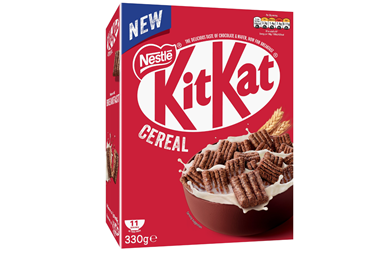

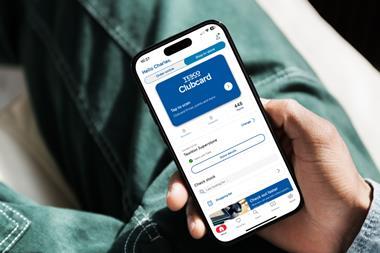
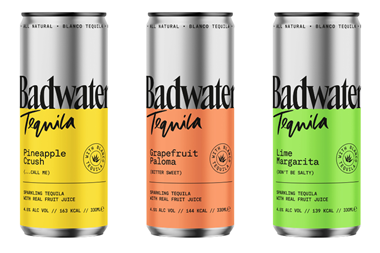


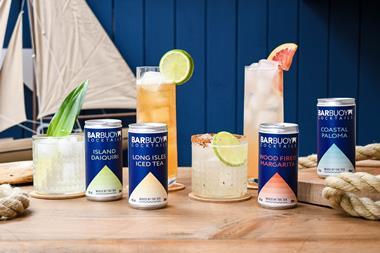

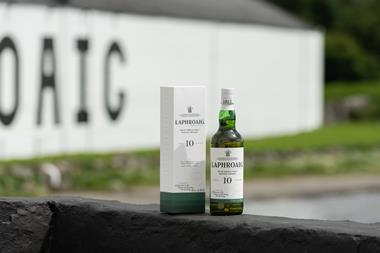



No comments yet